
M編,接案編輯,分享與編輯有關的事與其他。 「為乾旱流淚,為涼夏可能欠收而不安踱步,即使被人說自己一無是處、沒人讚揚,也不以為意。我想成為,這樣的人。」宮澤賢治 頭貼 by lulljevic 個人網站:https://editorstw.com
"Ancient Treasures" The Dig / Digging the Poetry of the Past / Netflix Movie Recommendations
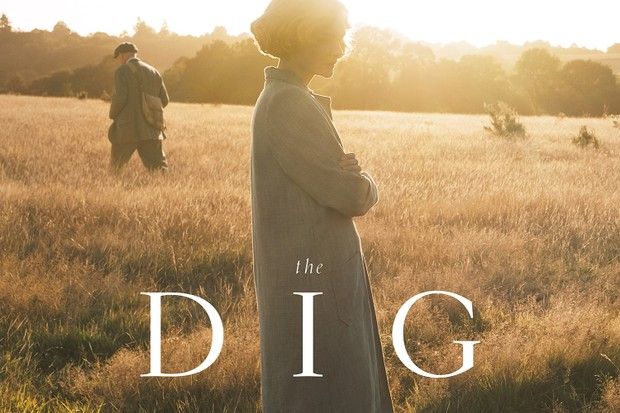
#true story adaptation#novel adaptation#worth watching
The Netflix film "Ancient Treasures," based on John Preston's novel of the same name, The Dig (meaning "digging", published in 2007). The book is based on a real archaeological event in Sutton Hoo, England. On the eve of World War II in 1939, British widow Edith Pretty invited self-taught archaeologist Basil Brown ( Basil Brown came to excavate mounds on the grounds of his estate.
The film itself creates an inspiring and romantic atmosphere with poetic dialogue and framing. The boring historical and archaeological events in the impression of ordinary people, under the dramatic contrast between the images of wealthy widows and excavators, through the common reverence of the two protagonists to the past, they construct a profound charm for the preservation of historical significance and culture.
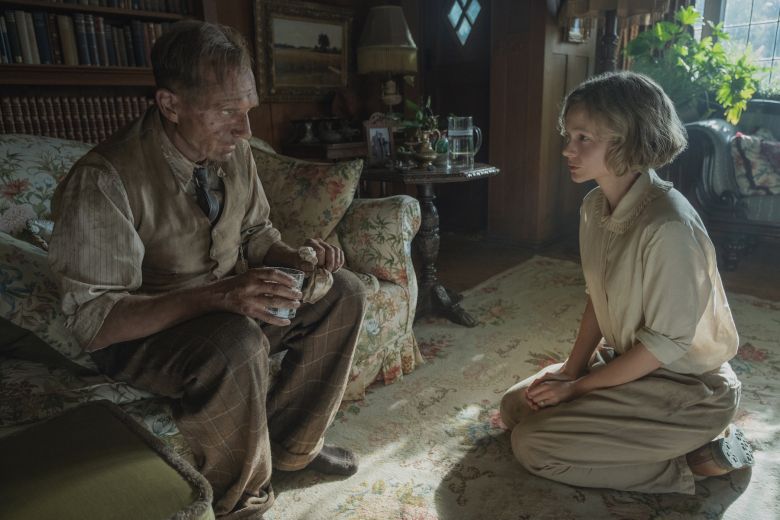
The rhythm of the story is much faster than expected, and the beginning is quickly unfolded with Brown coming to the Pletty Manor to check the land, and the background of the two protagonists is cleverly interspersed in the middle without being sloppy. In terms of the progression of the plot, the first half is still in the mode of "encountering difficulties - setbacks - suffering and suffering". Brown, as an unorthodox archaeologist, excavated priceless ancient treasures with his own strength; Archaeologists who came from other orthodox scholars came to "take over" to create a dramatic tension, but the focus of the second half diverged due to the addition of supporting characters, and some less important side plots were carried out.
The second half of the story repeatedly emphasizes the impending war, which not only shows the atmosphere of the times, but also adds urgency to the progress of the archaeological work. The film finally ended in the British declaration of war, and the archaeological work was forced to suspend, but because of this, the supporting characters were also removed, leaving only the two protagonists and the only son of Plett, who sat on the coffin of the thousand years under the stars. Looking back at the past, the curtain came to an end in poetry.
At the end of the film, the subtitles that Basil Brown's exploits in this incident have only been noticed in recent years, making people feel sorry for the struggle and discrimination in academic research, but also mentioning this film as an adaptation of a true story, The actual history is still a few shades away from ours.
Sutton Hoo / Sutton Hoo Boat Tomb

Sutton Hoo, mostly referring to the estate near Woodbridge, Suffolk, England, is famous for its 1939 excavation of the burial site of an Anglo-Saxon king. The burial site is regarded as a very rare Germanic boat coffin burial, and antiquities such as coins, helmets and Byzantine silverware have been unearthed.
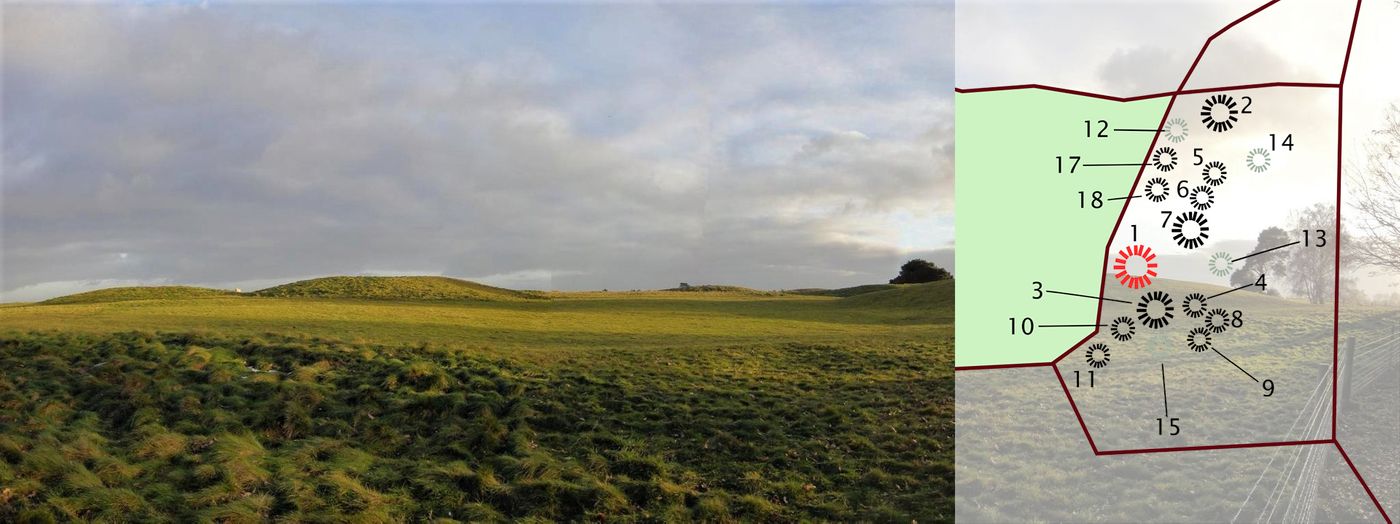
A total of 18 mounds were discovered at Sutton Hoo, of which the boat coffin excavated at Mound 1 in 1939 is the most magnificent. Due to the corrosion of the years, the wood of the hull itself cannot be preserved, but the shape of the boat is still well preserved, and the construction details of the original hull can be identified through the dirt that has turned into sand. The coffin was 27 meters long and 4 meters wide, with a tomb in the middle. The gigantic oak boat was dragged ashore from a distant river, sank into a dug trench, and an oval mound was built over it to cover it.

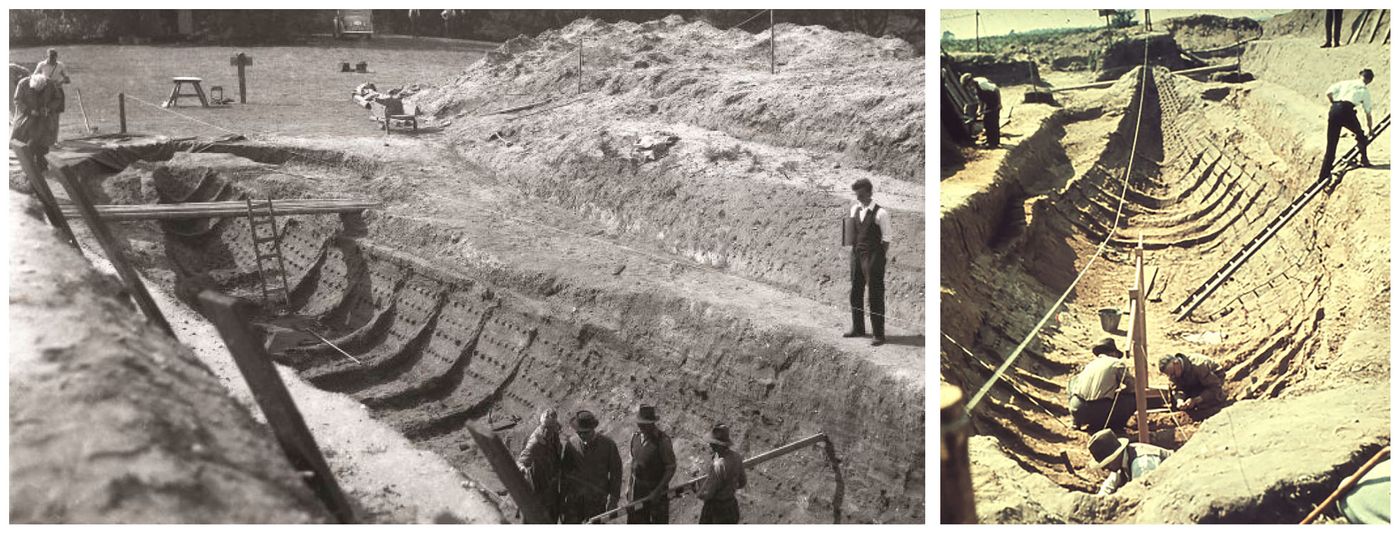
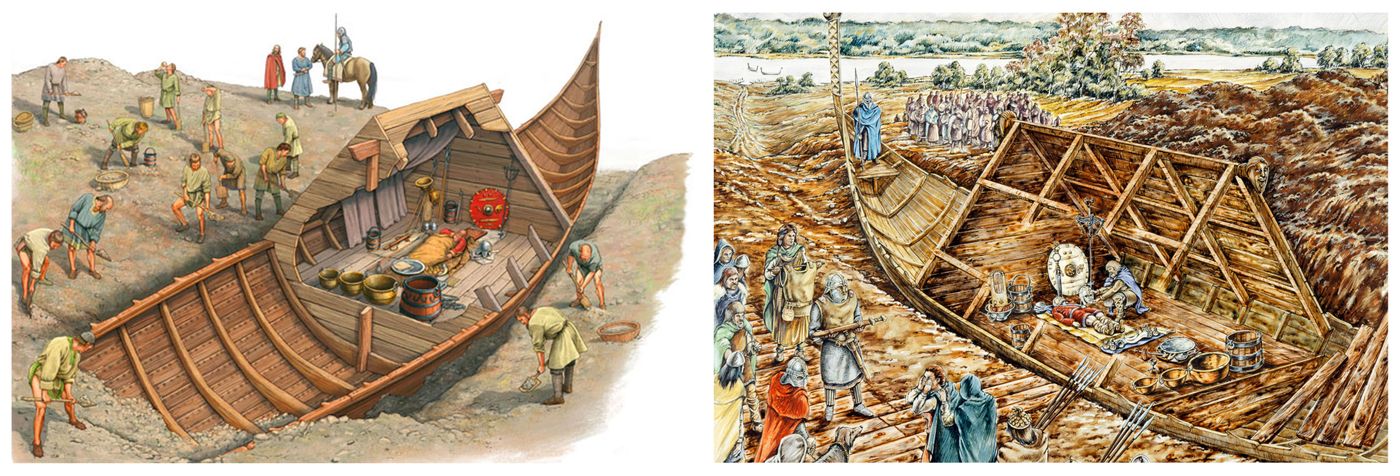

long ship
From the outline of the hull at the Sutton Hoo site and the craftsmanship shown on the restoration map, experts judge that it should appear in a longboat built using the "clinker-built" method around 625 to 637. When it comes to long ships, the most famous one is the "Viking Long Ship".

As one of the most important archaeological discoveries in the UK, the reconstruction of this huge ship coffin has also become one of the tasks of the British Museum. Recreating a full-scale replica will be the key to understanding how the Anglo-Saxons unfolded England's seafaring heritage to better understand its purpose and performance.

Unearthed treasure
Since the film only captures the stories of excavation up to the beginning of World War II, and does not have much ink on the unearthed cultural relics, this is a slightly unfortunate part. Actually the most important symbol in Sutton Hoo's treasure is a helmet.

real people
Edith Pretty
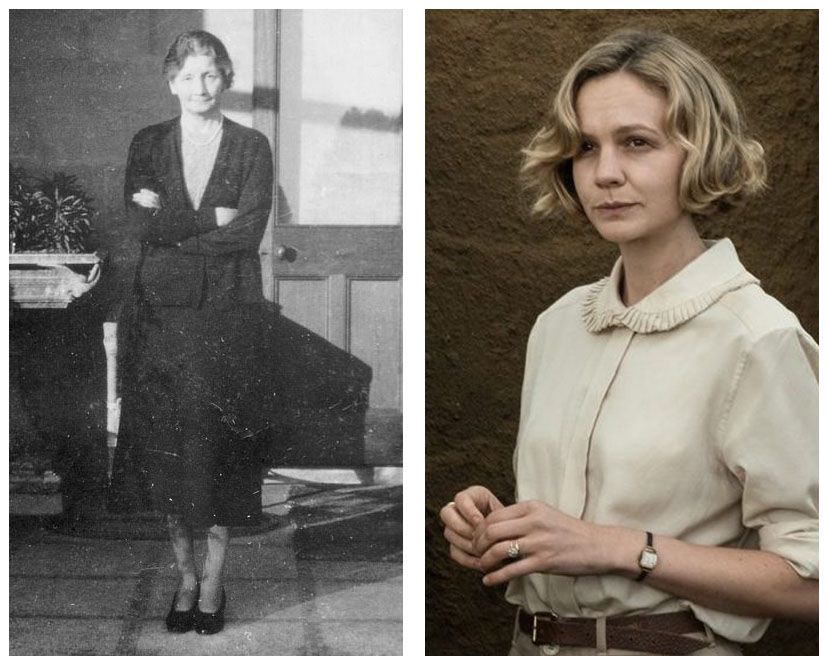
When he paid for the excavation of the Sutton Hoo site in 1939, he was actually 56 years old. Influenced by his father's travel education, he visited sites all over the world, so he developed a strong interest in history and archaeology since he was a child. As explained in the film, he married his colonel husband after middle age, and after the death of his husband, he will finally put into action the excavation of the mound site in his estate.
The film deliberately exaggerates the ambiguous relationship between Mrs. Pletty and Brown, but in fact the two have only pure friendship.
Basil Brown
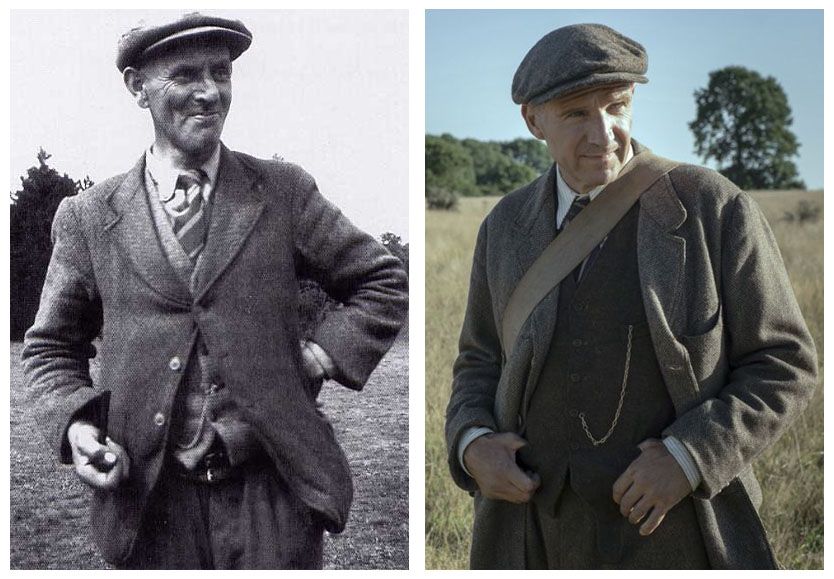
Brown is also an astronomer, which is also reflected in the stargazing scenes that appear repeatedly in the film.
After discussions with the local museum, Mrs. Pletty decided to invite Brown to explore the mounds on the estate. Between June and August 1938, Brown first excavated three mounds and unearthed some sporadic artifacts. It was not until May 1939 that he returned to Sutton Hoo to continue excavation, excavating the famous treasure of the ship's coffin in the largest mound. But in the movie, it all looks like it happens in one season.
The actual mining is not as portrayed in the movie, by Mrs. Platy's intuition. In 1938 Brown had discovered the remains of rivets and boats in the surrounding mounds, which were omitted from the film.
Despite Brown's outstanding archaeological talents, the unorthodox academic background was contractually employed by local museums. Unstable income allows him to work as both an insurer and a police officer.
Charles Phillips

As an archaeologist at the British Museum, Phillips was actually under 40 when he excavated the Sutton Hoo site. Appears as a villain-like character in the Netflix film, but according to the British Museum, he actually has considerable respect for Brown's professionalism.
Just like the atmosphere rendered in the movie, Phillips, in addition to the archaeological work of Sutton Hoo, who took over as the head of the British Museum, brought more archaeologists to join in to speed up the archaeological work to avoid war damage to the cultural relics.
Peggy Piggott
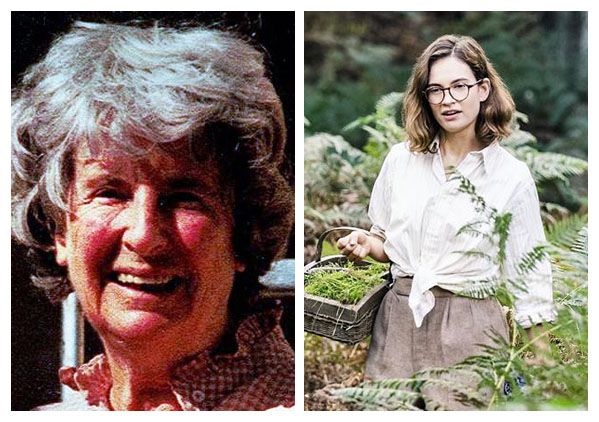
Stuart Piggott
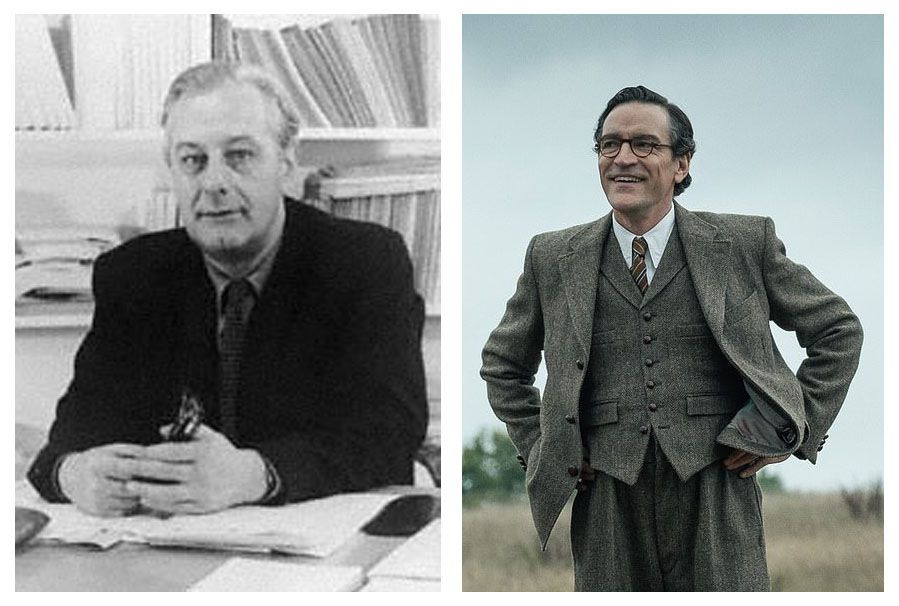
In the film, Peggy's affair with Mrs. Pletty's cousin is entirely fictional. Due to the fact that Paige and Stull's marriage in real life did not go well, they eventually divorced in 1954. The novelist may have made up the plot for this reason.
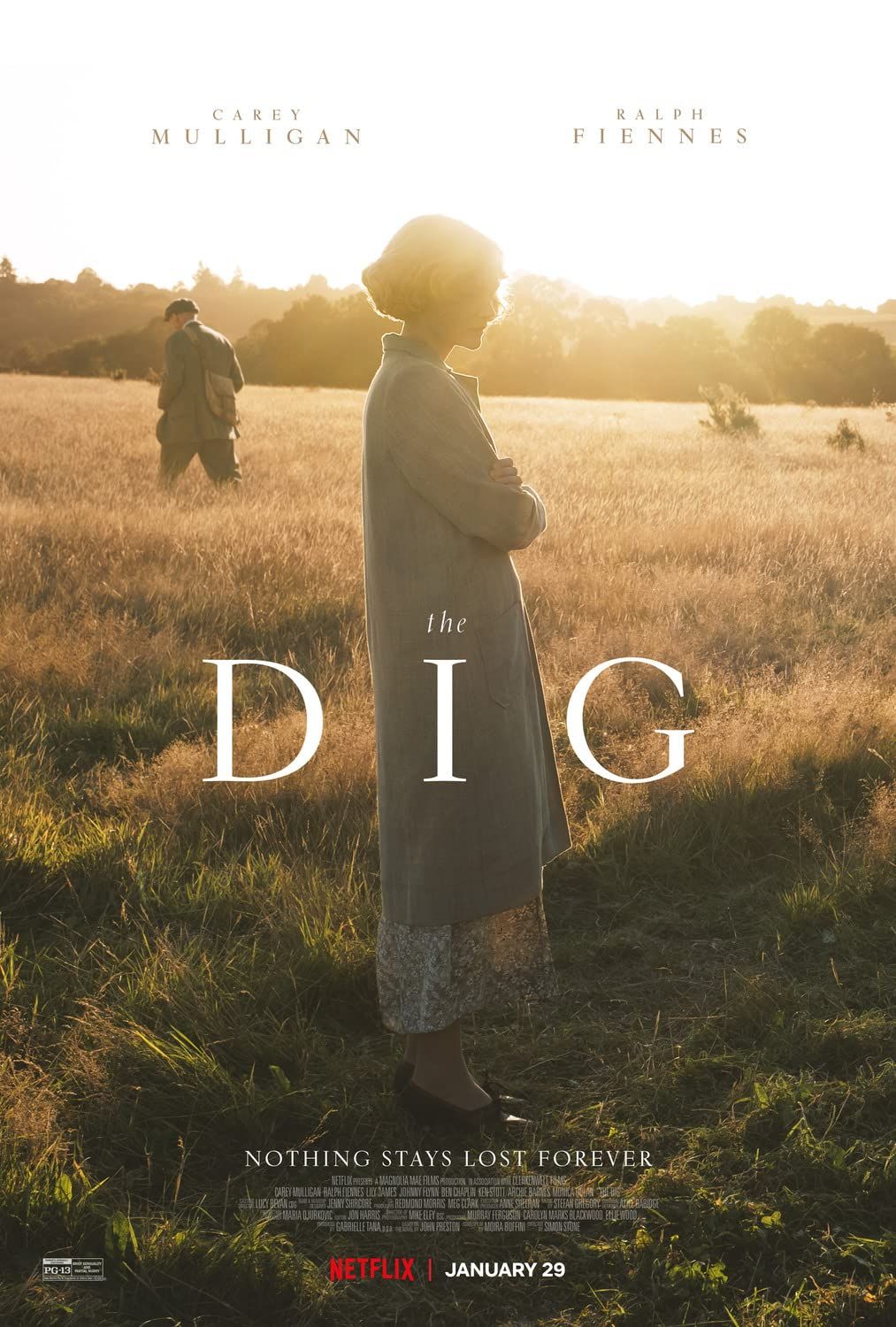
Like my work?
Don't forget to support or like, so I know you are with me..
Comment…